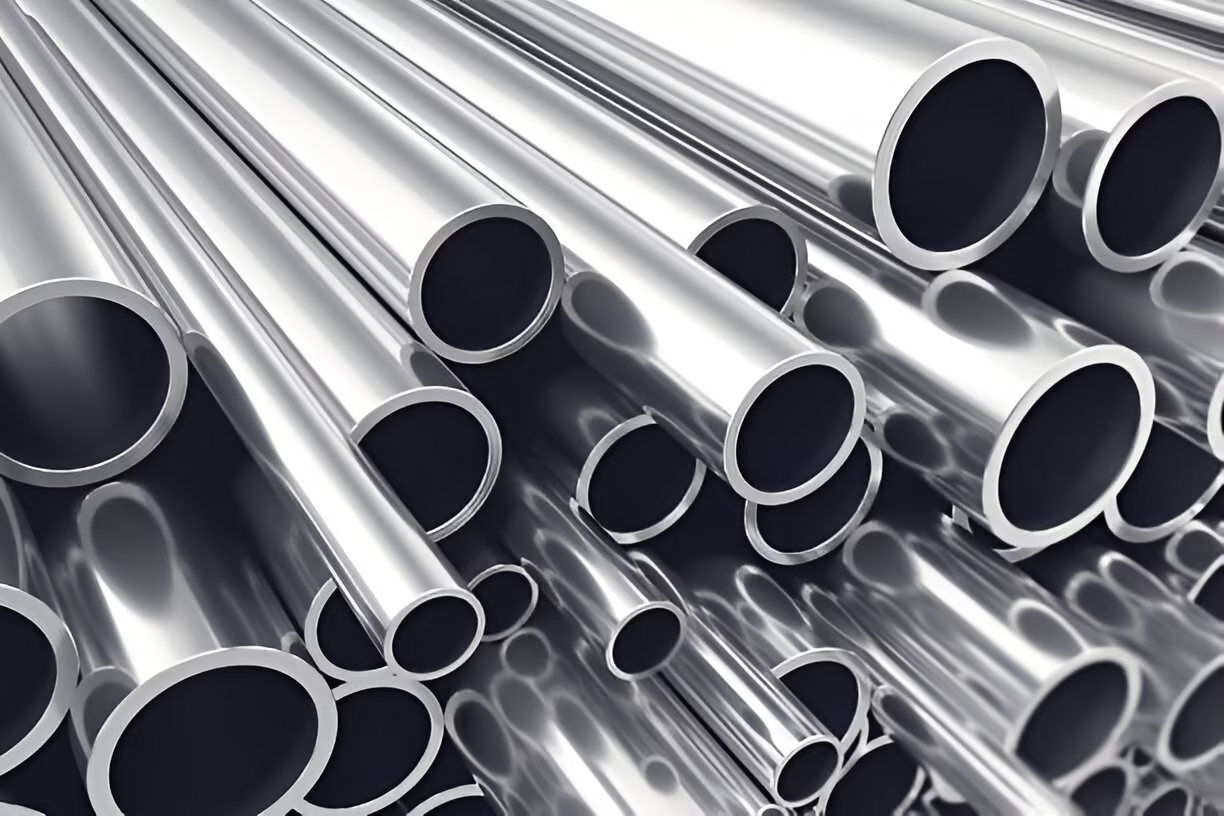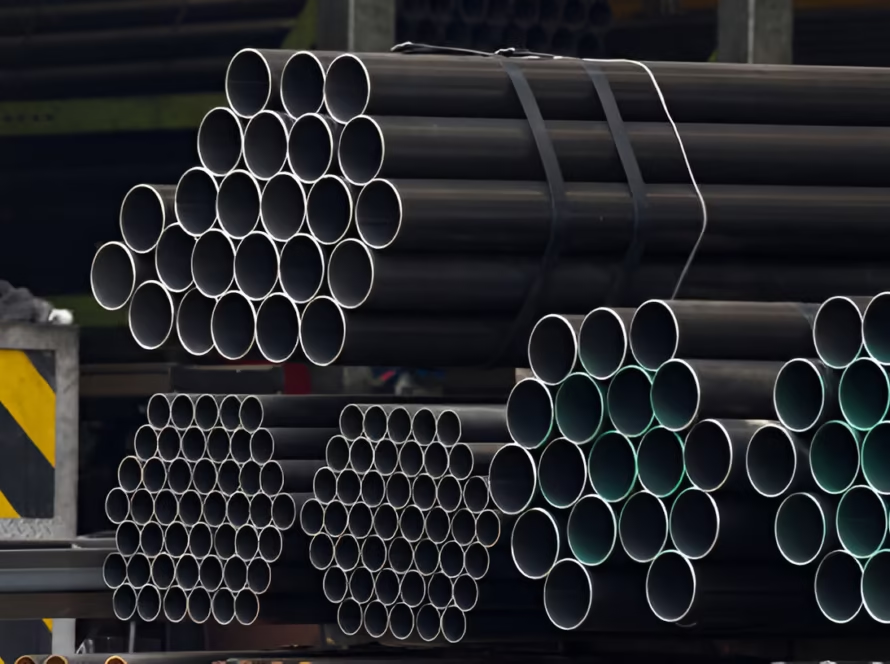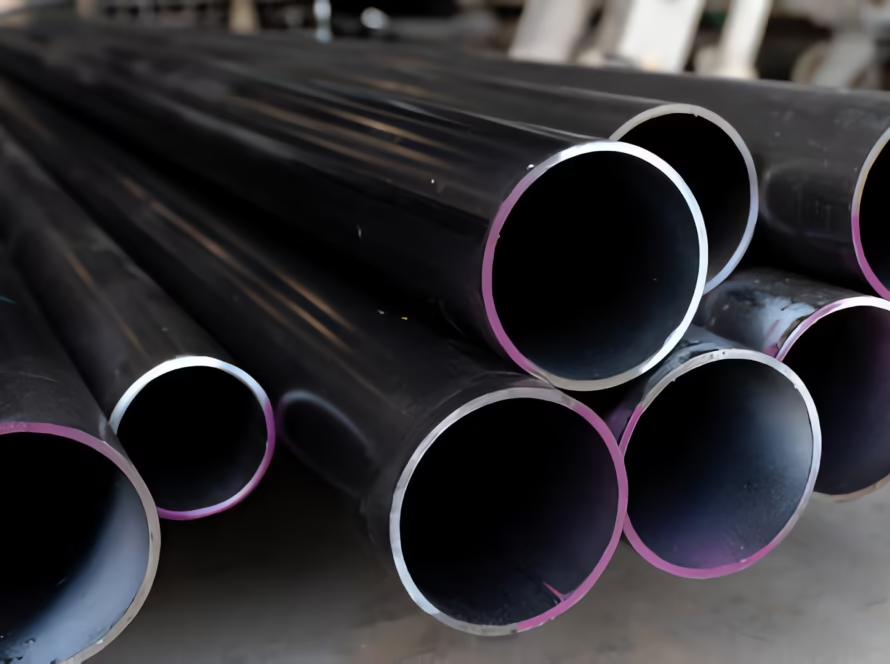What Type of Steel Pipe Withstands High Temperatures?
Steel pipes are essential components in various industries, particularly those involving high-temperature applications such as power plants, refineries, and chemical processing facilities. Choosing the right type of steel pipe is crucial to ensure safety, efficiency, and longevity. This article explores the types of steel pipes that can withstand high temperatures and provides insights into their properties and applications.
Questions and Answers
1. What are the key properties that make a steel pipe suitable for high-temperature applications?
Steel pipes used in high-temperature environments must possess specific properties to ensure they perform effectively and safely. These properties include:
- Heat Resistance: The ability to maintain structural integrity and mechanical properties at elevated temperatures.
- Oxidation Resistance: The capacity to resist scaling and degradation when exposed to oxygen at high temperatures.
- Creep Resistance: The ability to withstand deformation under prolonged exposure to high stress and temperature.
- Thermal Expansion: A low coefficient of thermal expansion to minimize dimensional changes with temperature fluctuations.
Steel alloys such as stainless steel, particularly grades like 304, 316, and 310, are known for their excellent heat and oxidation resistance. Alloy steels containing chromium, molybdenum, and nickel also offer enhanced performance in high-temperature conditions.
2. How do different steel grades compare in terms of high-temperature performance?
Different steel grades offer varying levels of performance in high-temperature environments. Here’s a comparison of some common steel grades:
- Stainless Steel 304: Offers good oxidation resistance up to 870°C (1600°F) but may not be suitable for prolonged exposure to higher temperatures.
- Stainless Steel 316: Provides better corrosion resistance than 304 and can withstand temperatures up to 925°C (1700°F).
- Stainless Steel 310: Known for excellent high-temperature properties, it can endure temperatures up to 1150°C (2100°F) due to its higher chromium and nickel content.
- Alloy Steel P91: Contains chromium and molybdenum, providing excellent creep strength and oxidation resistance, making it suitable for temperatures up to 650°C (1200°F).
The choice of steel grade depends on the specific requirements of the application, including the maximum operating temperature and the presence of corrosive elements.
3. What are the common applications of high-temperature steel pipes?
High-temperature steel pipe are used in various industries where they are exposed to extreme conditions. Some common applications include:
- Power Generation: Used in boilers, heat exchangers, and steam lines where high-temperature steam is generated and transported.
- Petrochemical Industry: Employed in refineries and chemical plants for processing and transporting high-temperature fluids and gases.
- Aerospace: Utilized in engines and exhaust systems where materials must withstand high thermal and mechanical stresses.
- Automotive: Used in exhaust systems and turbochargers that operate at elevated temperatures.
These applications demand materials that can maintain their integrity and performance under extreme conditions, making high-temperature steel pipes an essential choice.






